Angkor Wat: Cambodia’s Ancient Wonder
Angkor Wat is a massive temple complex in Siem Reap, Cambodia. Built in the early 12th century, it is one of the most famous landmarks in the world. The temple is a symbol of Cambodia’s rich history and culture, showcasing the glory of the Khmer Empire.
Is Angkor Wat the World’s Largest Temple?
Yes, Angkor Wat is the largest religious monument in the world. It covers over 400 acres. Built nearly 900 years ago, it still amazes visitors with its size and detailed carvings.
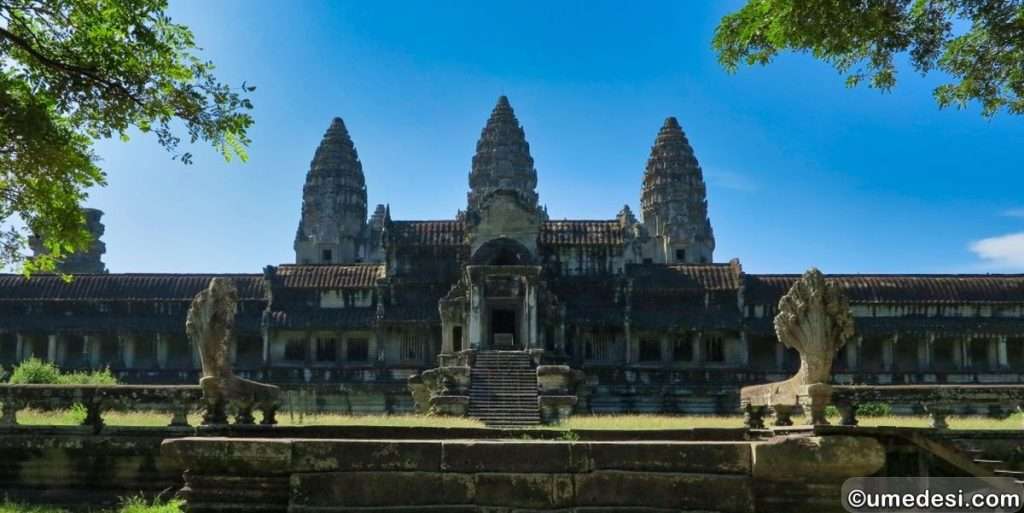
Who Built Angkor Wat?
Angkor Wat was built during the reign of King Suryavarman II (1113–1150 CE). It was originally a Hindu temple dedicated to Lord Vishnu. In the 14th century, it became a Buddhist temple, which it remains today.
This grand structure reflects the skill and ambition of the Khmer Empire. It is the largest religious monument in the world, covering over 400 acres.
Why is Angkor Wat Significant?
Angkor Wat is famous for its size, beauty, and history. It was part of Angkor, the largest city of its time. This ancient city was more extensive than medieval London or Paris. It was over 1,000 square kilometers larger than today’s Los Angeles!

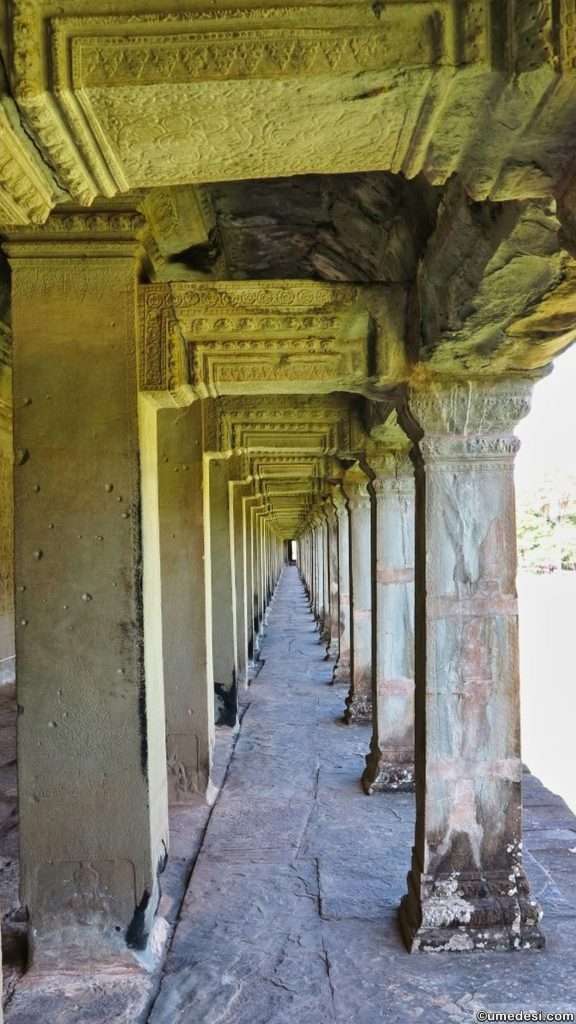
Key features of Angkor Wat include:
- Incredible Architecture: The temple has tall towers, long corridors, and detailed carvings. Many carvings show scenes from Hindu epics like the Ramayana.
- Advanced Urban Planning: The Khmer Empire built canals, reservoirs, and roads to support its people. This made Angkor a thriving city with nearly 900,000 residents.
Even today, Angkor Wat is considered a masterpiece of architecture and a symbol of human creativity.
Other Temples Around Angkor Wat
Angkor Wat is part of a larger area with many temples in Siem Reap, Cambodia. Some of the must-see temples include:
Ta Prohm: Famous for giant tree roots growing over its walls, giving it a magical, jungle-like feel.
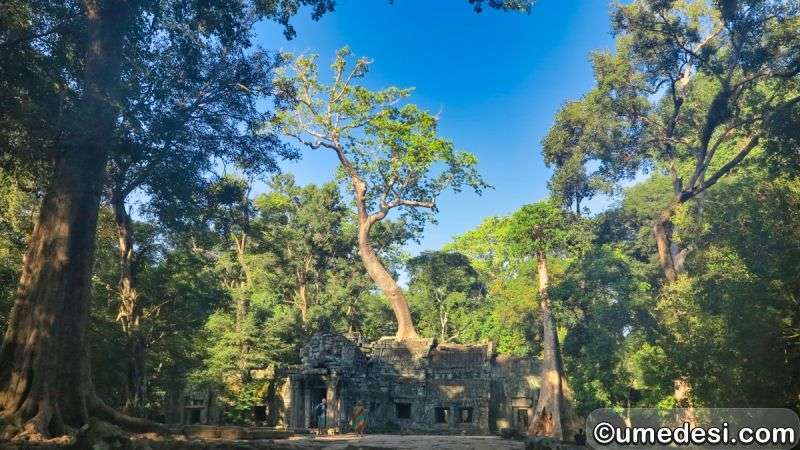
Bayon Temple: Known for its towers with carved stone faces.
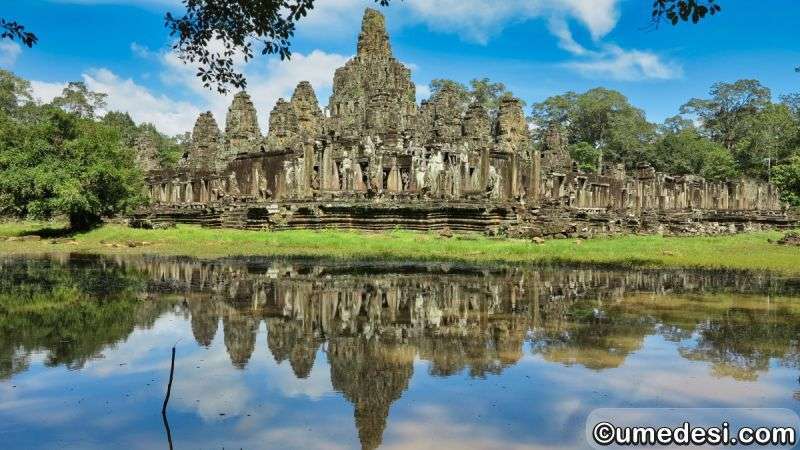
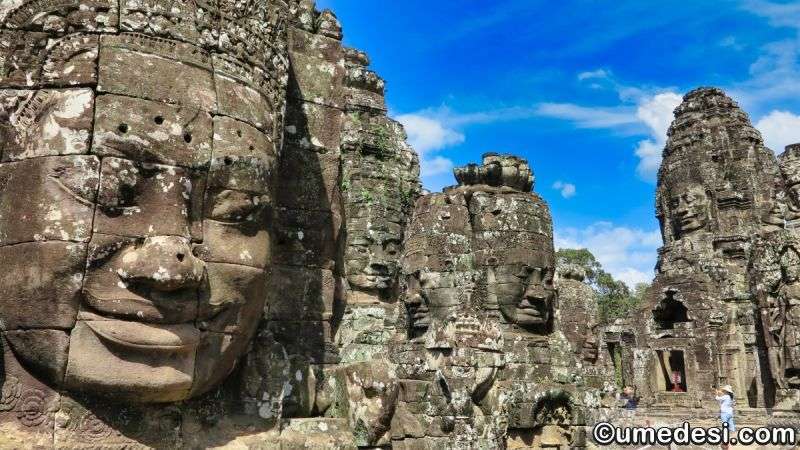
- Banteay Srei: Called the “Citadel of Women,” this temple is known for its pink sandstone and fine carvings.
- Preah Khan: A sprawling complex with beautiful sculptures.
- Phnom Bakheng: A hilltop temple offering stunning views, especially at sunset.
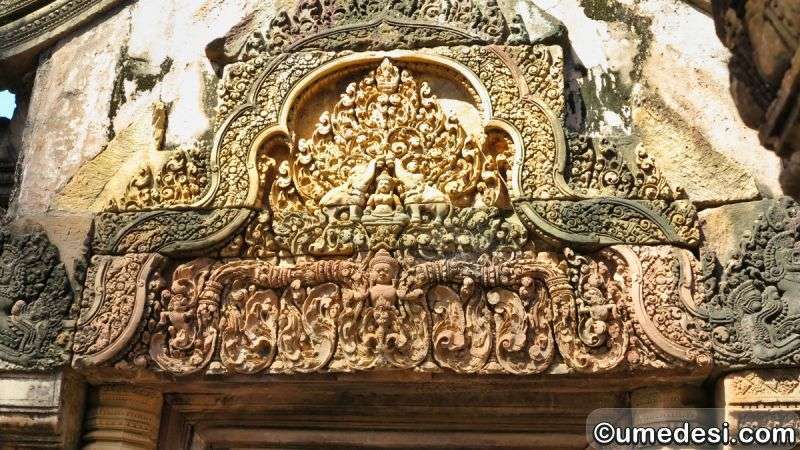
Each temple tells a unique story, making the Angkor area an unforgettable destination.
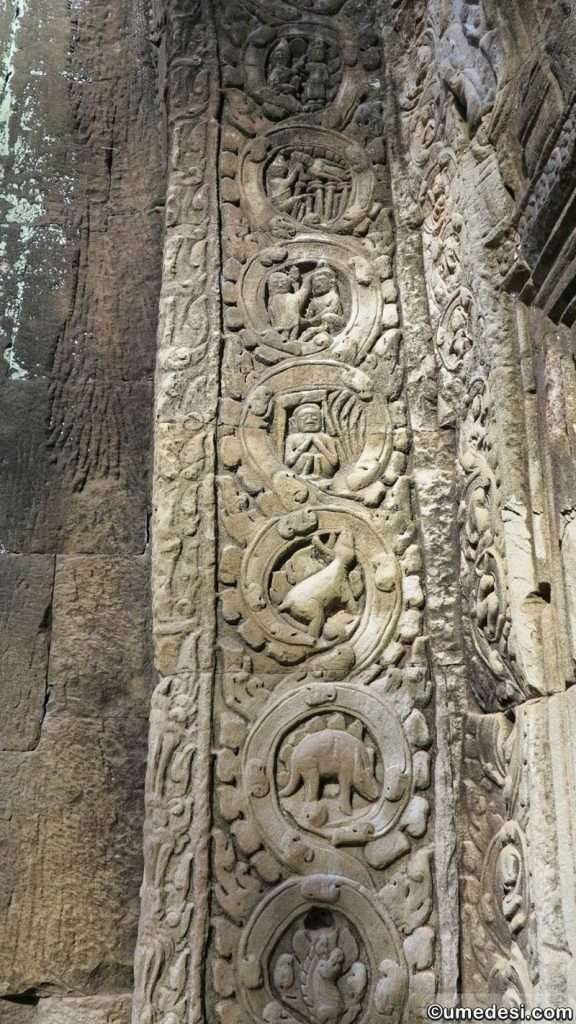
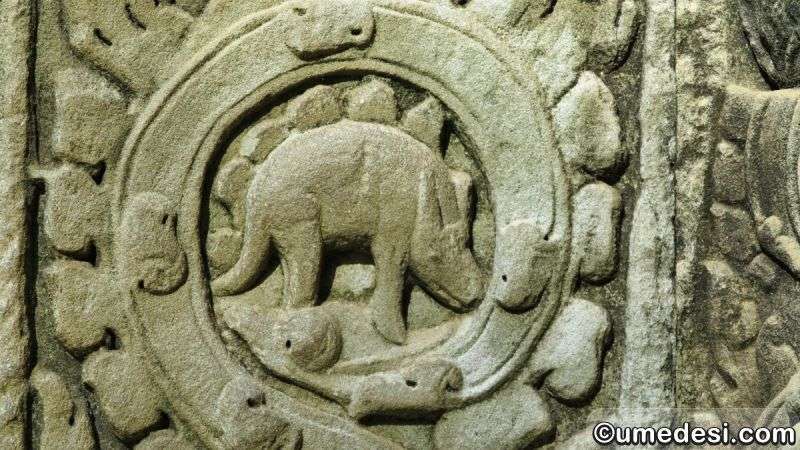
Who Are the Khmer?
The Khmer are the people native to Cambodia. They built the temples of Angkor and ruled much of Southeast Asia during the Khmer Empire.
The Khmer were influenced by Indian culture. They adopted Hinduism and Buddhism, which shaped their art, religion, and architecture. Many features of Angkor Wat, like its design and carvings, were inspired by Indian temples, especially those built during the Pallava dynasty in South India.
FAQs About Angkor Wat
- Why was Angkor Wat built?
It was built as a Hindu temple dedicated to Vishnu, showing the Khmer Empire’s devotion and power. - When was Angkor Wat discovered?
French explorers rediscovered it in 1858 after the jungle had covered it for centuries. - What makes Angkor Wat unique?
Its scale, carvings, and advanced design make it one of the wonders of the ancient world. - Can visitors explore other temples nearby?
Yes, Angkor Wat is part of a larger area with many temples like Ta Prohm and Bayon. - What is the connection between Angkor Wat and India?
Indian culture inspired the Khmer’s architecture and religion, influencing the design of Angkor Wat.
